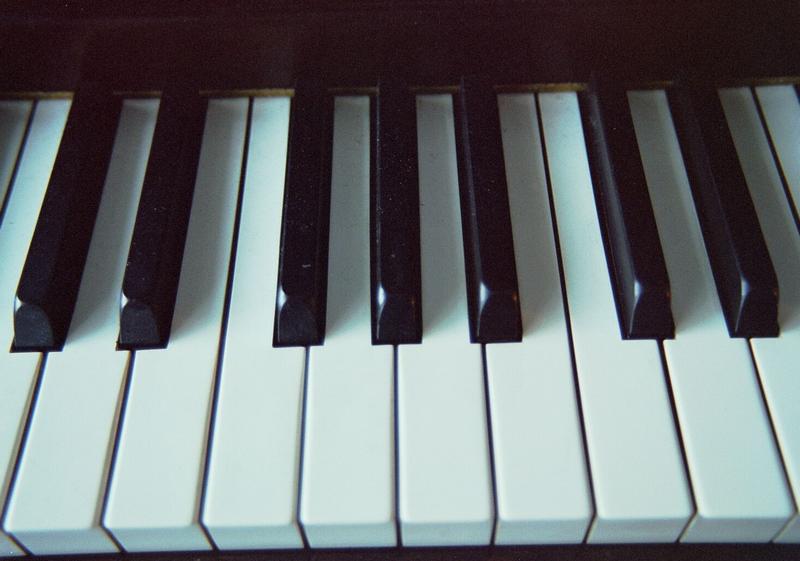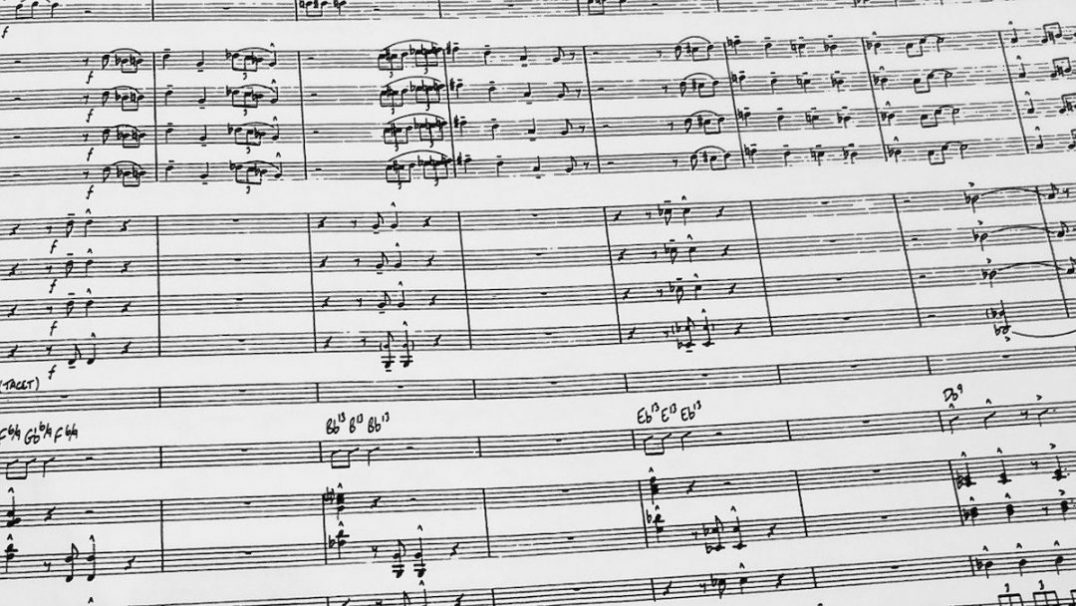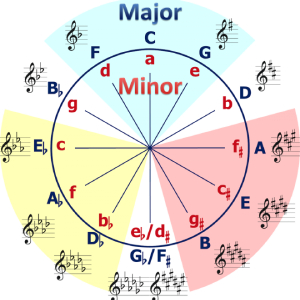The basic definitions of diatonic vs chromatic are pretty easy to understand, but like most music theory lingo, it sounds scarier than it is! The diatonic and chromatic scales together actually form the foundation for most of western music. Let’s…
What Is Pitch in Music (& Why Does It Matter in the Studio?)
Understanding what pitch is in music is an invaluable and broad skill transferable to numerous tasks in music production. Not every engineer is a musician themselves, but many are. It’s good to have at least some foundational knowledge of music…
Chord Progressions: Finding Chords That Go Together
Even though we only have 12 notes, there are hundreds of possible chord progressions. This can be overwhelming, especially when we’re not yet comfortable finding chords that go together right away. Luckily, the majority of progressions tend to follow established…
Sad Chord Progressions: How to Create an Emotional Sound
Sad chord progressions carry a lot of emotional content and provide the backbone to compositions across genres. While it’s normal to want to create something fresh whenever a songwriter picks up their instrument, knowing common chord progressions is a huge…
Circle of Fifths: Easily Navigate Every Key
The circle of fifths is a roadmap for musicians. It shows the relationship between all 12 notes of the chromatic scale, and helps us navigate key signatures with ease. A fundamental part of any beginner to intermediate theory lesson, the…
Understanding Music Modes and Their Role in the Studio
There are seven total music modes including the major and natural minor scales. Why learn them at all? Songwriters and producers can always benefit from music theory; when you know the rules, or at least the basics, it can help…
Scale Degrees: What Are They and Why Do They Matter in the Studio
Engineers and producers can always benefit from understanding the basics of music theory. Knowing enough of the “language of music” to get by is helpful for communicating effectively with session musicians, for example. Having the ear is most important, but…
Understanding Note Frequency Charts (And Why You Should Be Using One)
A note frequency chart lists the 12 notes of the Western scale and their corresponding frequencies in Hz across octaves. Charts like these are very easy to read, and while it isn’t a requirement to keep one nearby at all…








